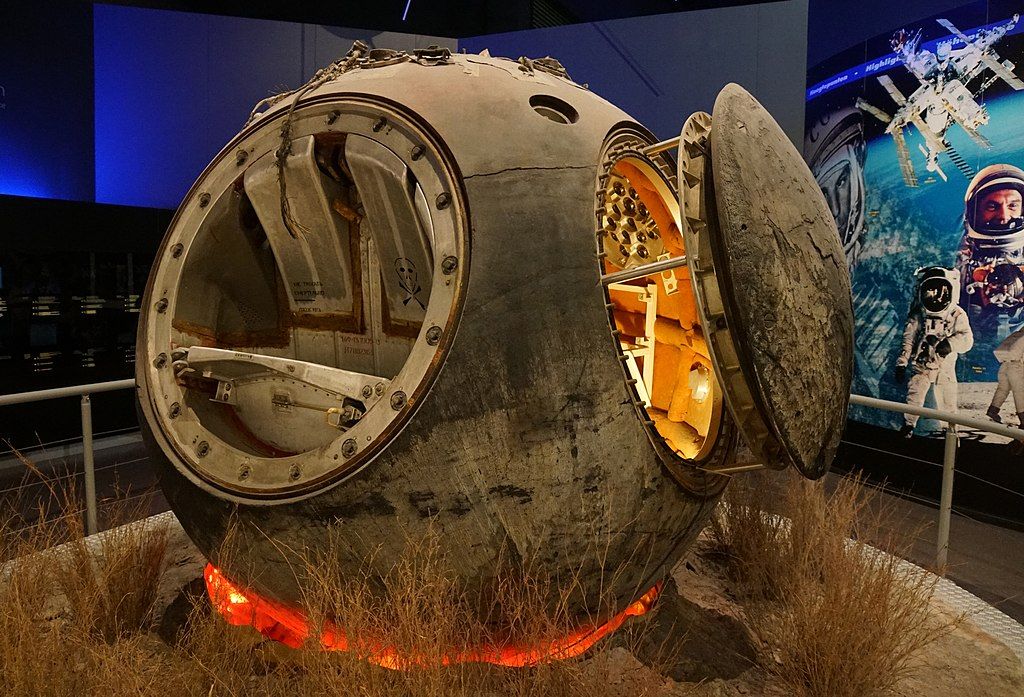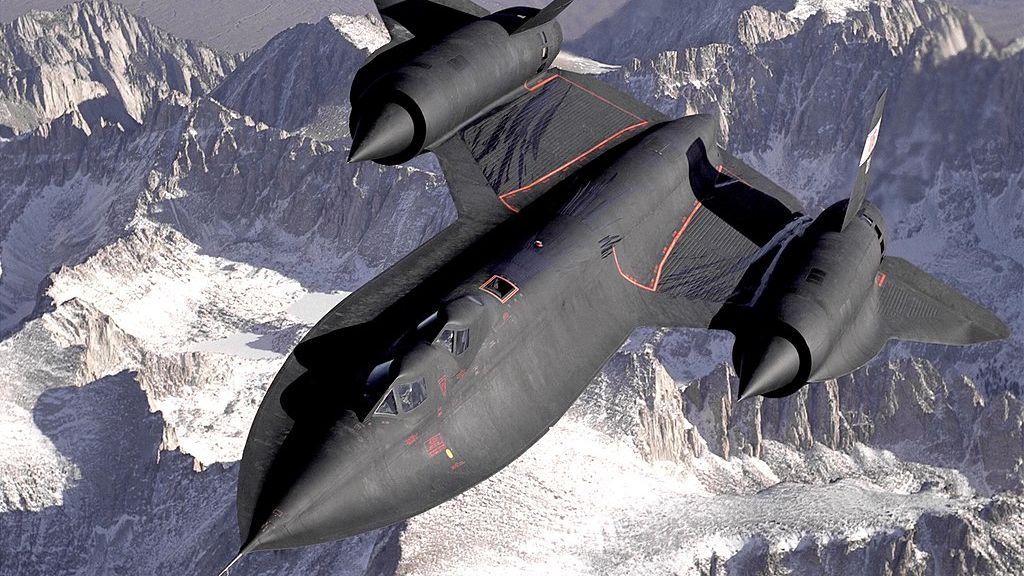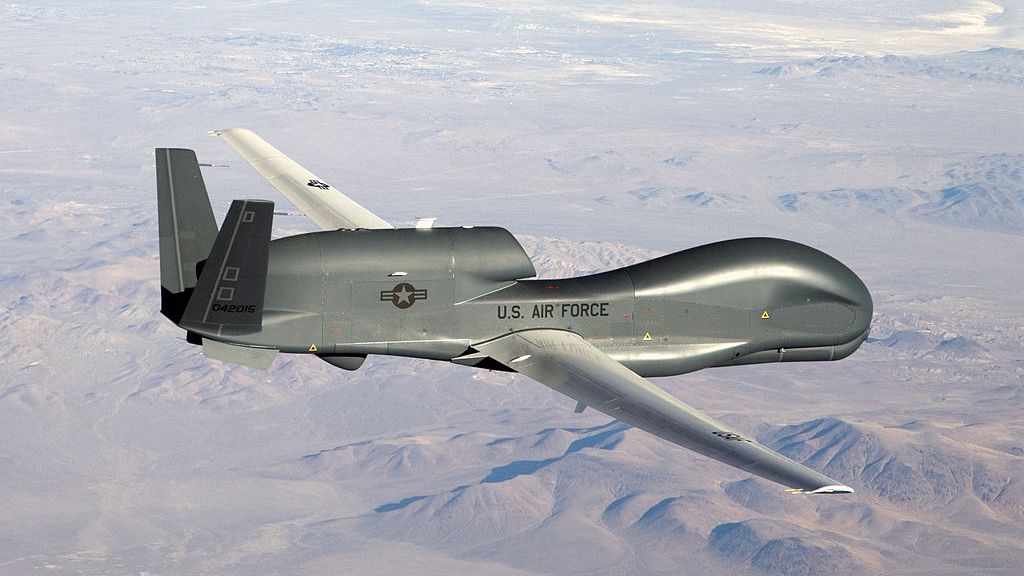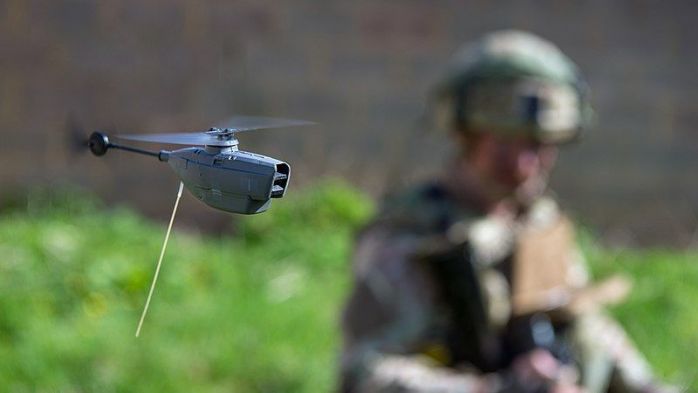Satellites and Drones: Government Spies in the Sky
In an age of cyber warfare, hacking and surveillance malware, it's easy to forget that the most straightforward way to spy on someone is to actually watch them. A perfect job for satellites and drones.
Before the invention of surveillance cameras, you'd need an actual government agent to follow and observe someone. Maybe they drilled a hole in the ceiling and watching their target from there. Perhaps they'd just pose as a neighbor or someone sitting on a park bench. If the government needed information, the lengths they'd go to for it could be surprising.
The camera and microphone technology, of course, lead to the invention of bugs. Tiny battery powered cameras could be planted in someone's workplace or home. The footage could be collected later or recorded directly from a transmission.
A Sea of Eyes
These days they don't even have to plant their own bugs. There's always the potential that smart devices and web-connected cameras you willingly brought into your home could be compromised.
While these methods and technologies let national powers get an intimate eye on what their persons of interest are doing, it's not a bird's eye view. Which is why over the last century or so we've seen the development of some staggering flying camera tech.
Spy Satellites
Otter [CC BY-SA 4.0 (https://creativecommons.org/licenses/by-sa/4.0)]
Of course, one of the first things they did with this privilege was to stick intelligence-gathering systems in orbit. So-called "spy satellites" although that's not the official term.
The first spy satellites were commissioned back in the mid-50s by USAF, most likely thanks to the Cold War and it's accompanying space race. Sputnik 1 was launched just about two years after the US began development of spy satellites and of course, there were fears that Sputnik itself might be such a tool, although it really was just a simple prototype.
Today just about every nation who can afford it has spy satellited in orbit. They've become smaller and more powerful. If you think the satellite images you can get off Google Earth are impressive, you're in for a shock. US satellite technology in the 1970s was already better than the image quality a civilian gets to see on Google Earth. We know this thanks to the declassification of the Hexagon spy satellite.
Today there are cutting edge satellites like the WorldView-3, reportedly capable of seeing the phone screen in your hand from space. There's a reason rogue nations conduct their dodgy dealings underground because at least for now these satellites can't see through the Earth.
Manned Surveillance Craft
Before spy satellites, the only real way for governments to get an eye on who they wanted to spy on was to put high-resolution cameras on aircraft that could reach insane heights. Hopefully higher then your opponents could fly. The SR-71 Blackbird is probably the most famous example of a reconnaissance craft. Manned craft isn't really used anymore today. This is without a doubt the age of the drone.
Military Drones
Getting human personnel out of harm's has always been a holy grail for almost all military organizations. In the days of spy planes, it was considered incredibly risky to be a pilot in that role. Not only did they risk getting shot down, but if they were captures it could lead to massive intelligence breaches. This is why some recon pilots had suicide pills with them.
In 1998 the Northrop Grumman RQ-4 Global Hawk first took flight. While drones like these are known for being armed today, at the outset they were purely for observation.
Since then, these drones have become much more autonomous and capable. When in operation, people on the ground have no idea that they are watching. They operate at such altitudes that they can't be detected without specialized equipment.
Mini Drones
Photo: Corporal Daniel Wiepen/MOD [OGL v1.0 (http://NationalArchives.gov.uk/doc/open-government-licence/version/1/)]
There's a whole host of options if you want to perform small-scale surveillance. The commercial Black Hornet Nano is a pretty good example of the size and operating zone for these drones. It has a search area similar to large drones but is much less expensive and far less obtrusive. A swarm of nano drones can cast a surveillance net like no other. At least in theory.
Next-generation Experimental Drones
While current drones look like planes or helicopters, there's a strong trend towards next-generation drones that employ bio-mechanical mimicry.
Plenty of labs across the world are working on drones that look and act like birds, bees and other living creatures. This not only comes with a camouflage advantage. These surveillance robots also take advantage of efficient designs perfect by billions of years of evolution.
For example, the Harvard Microrobotics Laboratory has created the Robobee which is now capable of independent flight.
The Russian have created a drone that looks like an owl in flight, at least from far away. This means we are heading into a future where you could be looking straight at a surveillance drone in your house, garden or in the street and never know it.
Satellites and Drones, Power and Responsibility
The issue of government surveillance capabilities is a difficult one and satellites and drones make it even harder. Governments can't make good decisions without good information. Working under the assumption that the government has the public interest in mind, that's not too much of an issue. The problem is that too often government interests are not the same as what's best for everyone. Often it's about what's best for the current government. There are no scenarios involving total surveillance that leaves any room for democracy or freedom. Which means we should keep an eye on developments such as nano bionic drones very closely indeed. Satellites and drones are not going to go away anytime soon. Which means the best we can do is figure out how to live with them in modern society.
Do you think these technologies are going too far or not far enough? Let us know in the comments. Lastly, we’d like to ask you to share this article online. And don’t forget that you can follow TechNadu on Facebook and Twitter. Thanks!




